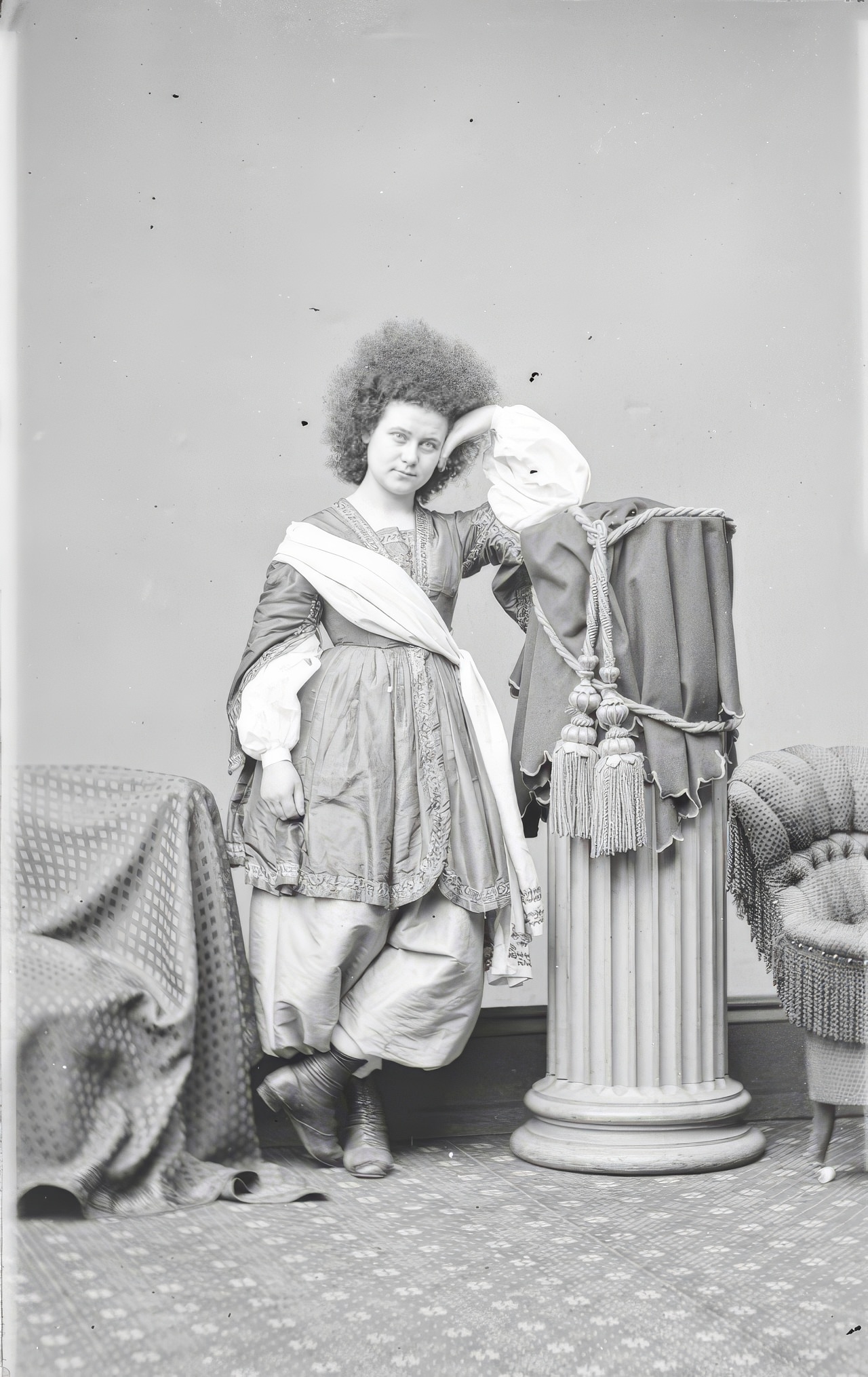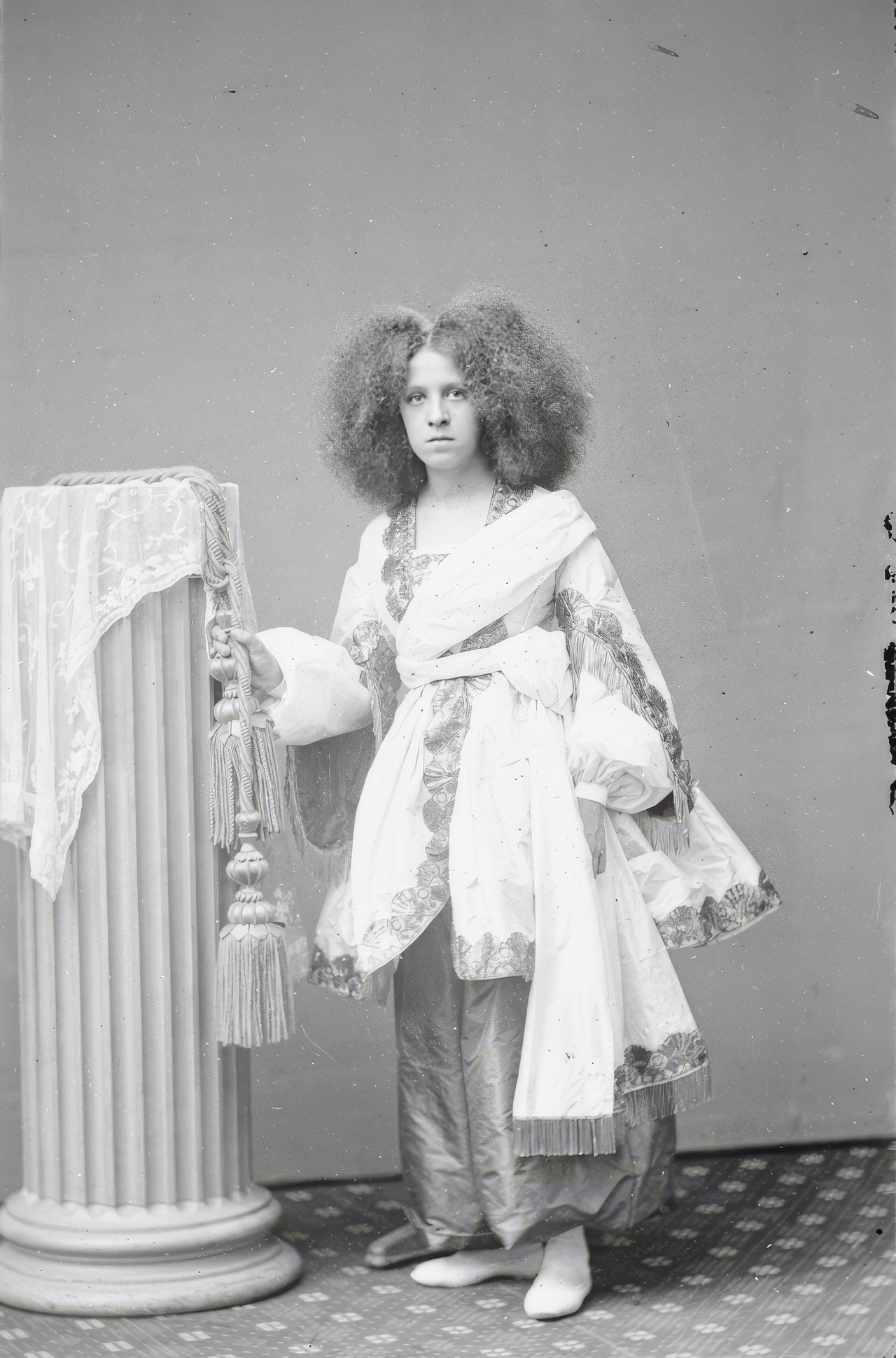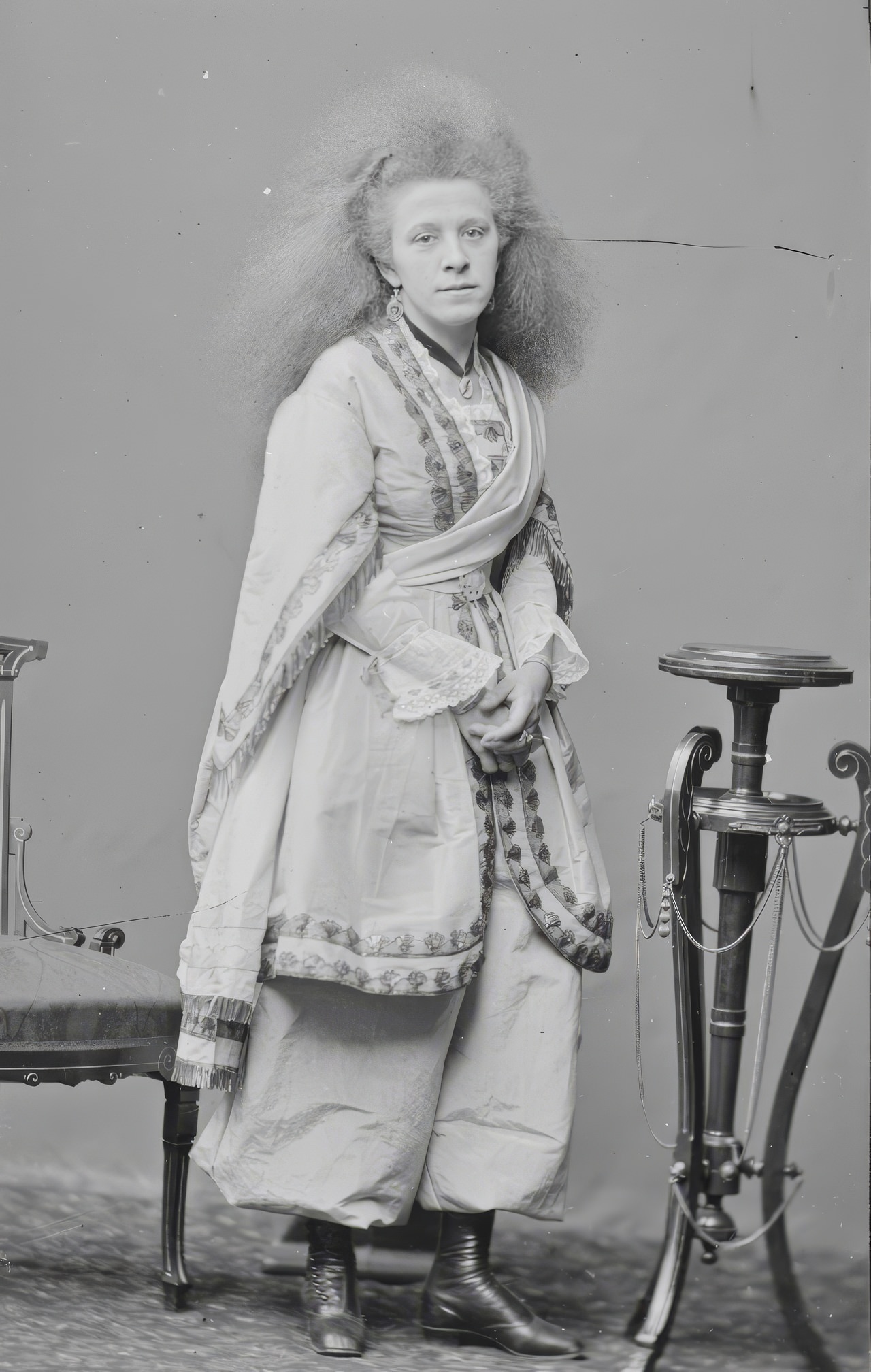In the 19th century, the Mathew Brady photography studio in New York City emerged as a pioneering force in the world of portrait photography. Among the thousands of Civil War-era portraits, a particularly intriguing subset captured the public’s imagination: the photographs of Circassian Beauties. These images became part of the Frederick Hill Meserve Collection and were acquired by the National Portrait Gallery in 1981.
The Meserve Collection, encompassing over five thousand portrait negatives, provides invaluable insight into the American Civil War era, featuring generals, politicians, diplomats, and artists. However, it is the collection’s inclusion of “Human Curiosities” from P. T. Barnum’s American Museum that presents a darker, yet historically significant, aspect of 19th-century American culture. Among these curiosities were the Circassian Beauties.
The Circassian Beauties, often described as escapees from an Ottoman harem, became emblematic of a complex set of racial and cultural stereotypes. Marketed by P. T. Barnum as the epitome of white beauty and an exotic other, these women represented an intricate blend of the West’s fascination with the East and the prevailing notions of beauty and racial hierarchy.
The Mathew Brady Studio, renowned for its comprehensive documentation of the Civil War, extended its photographic expertise to capture the allure and mystique of the Circassian Beauties. These portraits not only contributed to the public’s fascination with Barnum’s human curiosities but also highlighted the studio’s versatility and its role in shaping the visual culture of the era. By photographing these women, Brady’s studio played a part in immortalizing the myths and fantasies that surrounded them.
P. T. Barnum’s American Museum, a hub of entertainment and education in 19th-century New York City, became the stage for the Circassian Beauties. Barnum’s genius lay in his ability to exploit the public’s curiosity and desire for the exotic. By presenting the Circassian Beauties as both the pinnacle of white beauty and a symbol of the exotic East, Barnum tapped into deep-seated cultural and racial narratives, turning these women into one of the museum’s most popular attractions.




















